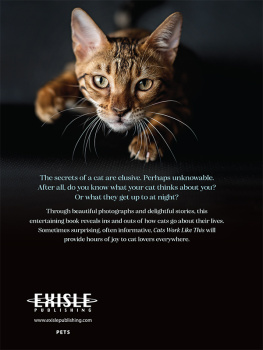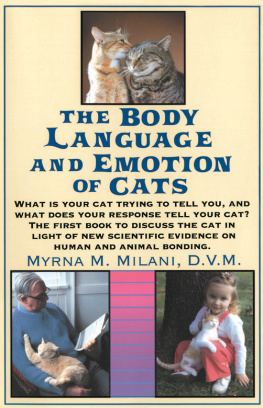

An imprint of HarperCollins Publishers Ltd
1 London Bridge Street
London SE1 9GF
First published in Great Britain by HQ in 2018
Copyright Susanne Schtz 2018
Susanne Schtz asserts the moral right to be identified as the author of this work.
A catalogue record for this book is available from the British Library.
This novel is entirely a work of fiction. The names, characters and incidents portrayed in it are the work of the authors imagination. Any resemblance to actual persons, living or dead, events or localities is entirely coincidental.
All rights reserved under International and Pan-American Copyright Conventions. By payment of the required fees, you have been granted the non-exclusive, non-transferable right to access and read the text of this e-book on-screen. No part of this text may be reproduced, transmitted, downloaded, decompiled, reverse engineered, or stored in or introduced into any information storage and retrieval system, in any form or by any means, whether electronic or mechanical, now known or hereinafter invented, without the express written permission of HarperCollins.
Ebook Edition October 2018 ISBN: 9780263267518
Contents
All of the special characters below appear in this ebook. If your e-reader is not displaying these characters you may find this affects your reading enjoyment of the ebook.
To Lars, for putting up with my crazy-cat-lady behavior and for loving all of our cats as much as I do.
It is a fair question. Since this book presents the sounds that cats use in their vocal communication with other cats as well as with us humans and describes them carefully, and even uses sound and video to clarify, the language of cats is actually not a secret anymore, right? And yet, even after my numerous studies of cat sounds, something still seems to elude me, and remains hidden, like a secret. And is not this last little bit of mystery the reason that we continue to investigate, the reason that we want to comprehend everything a little bit more precisely? For me, at least, the answer is a resounding yes.
Cats express themselves vocally differently than humans. We have to begin by observing their behavior closely so that we can learn their vocal communicative signals and come to understand them as complete beings. We have to crack their secret code.
We begin by examining the assumption that everyone understands a word in the same way, that everyone defines words identically. But is that really the case? Take the word yes. Does yes always mean yes? Or is it sometimes actually more of a yeah? Or even occasionally a no? The meaning of a word, what the speaker intends when they say something, always depends on the context, as well as on the speakers emotional condition or attitude. Its a good thing that if a word produced by a human speaker is unclear, you can always ask for clarification.
What about foreign languages? Well, if I do not know any Hungarian, for example, I can rely on Hungarian dictionaries and on translations. Hungarian has a grammar, and there are books about the Hungarian language which I can rely on for help. I can take language courses at a community college or a university. I can practice with native speakers.
Next page













































